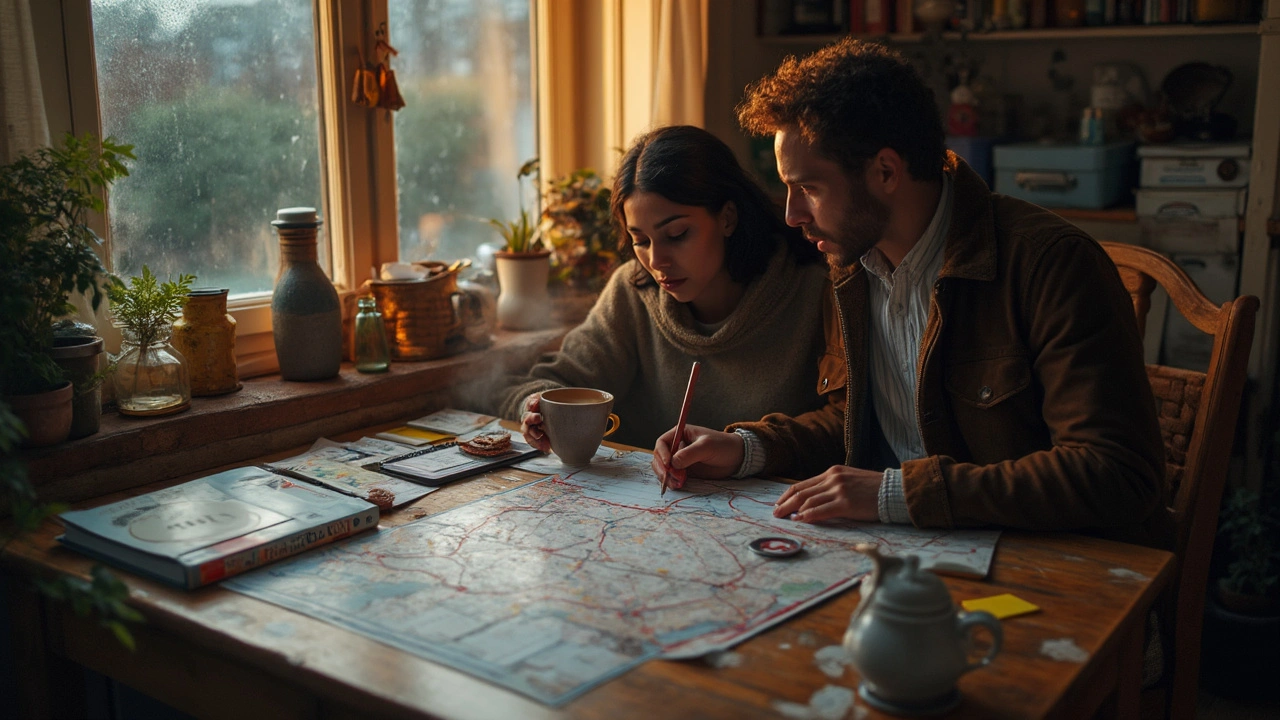Plan the perfect Renaissance art trip: 10 essential cities, what to see in each, ticket tips, best times, and smart routes across Italy, Paris, and London.
Art Travel Guide: Your Shortcut to World‑Class Architecture
If you love art, love travel, or just enjoy cool buildings, this guide is for you. We’ve gathered the most interesting architectural spots from ancient Roman arches to modern high‑tech towers. You’ll get clear ideas on where to go, what to look for, and how each style fits into its local culture. No fluff—just practical tips you can use right away.
How to Plan an Architecture‑Focused Trip
First, decide which style excites you the most. Do you want the drama of Baroque churches, the clean lines of Bauhaus, or the bold colors of Mediterranean Revival? Once you have a focus, map out cities that showcase that style best. Use local museums or walking tours to get context before you step outside. Pack a notebook or phone app for quick sketches—seeing details up close helps you remember what makes each building special.
Next, think about timing. Many historic sites are less crowded early in the morning or late afternoon. Check opening hours online and book tickets ahead if possible; that saves time and avoids long lines. If you’re traveling on a budget, look for free entry days or city passes that cover multiple attractions.
Must‑See Styles and Where to Find Them
Roman architecture fans should head to Italy’s Colosseum, the Pantheon, and aqueducts in Spain. Notice how arches and concrete hold massive weight—those tricks still influence modern engineering.
If Beaux‑Arts elegance catches your eye, stroll through Paris’s grand boulevards or Washington D.C.’s National Mall. Look for symmetrical facades, elaborate stone work, and big staircases that guide the eye.
Postmodern lovers can explore downtown Los Angeles or Berlin, where playful forms and bright colors break traditional rules. Spot unexpected shapes, mixed materials, and a sense of humor in the design.
For high‑tech fans, cities like Shanghai, Dubai, and Singapore showcase glass‑and‑steel skyscrapers that feel futuristic. Notice how lighting and sustainable tech are built right into the structure.
Don’t forget regional gems like Georgian houses in Boston, Greek Revival temples in Nashville, or colonial forts along the Caribbean coast. Each tells a story about local history and cultural exchange.
When you arrive at a site, ask yourself three quick questions: What is the main material? How does the building respond to its environment? What feeling does it give you as you walk inside or around it? Those answers make the experience more personal and memorable.
Finally, share what you learn. Snap photos (where allowed), write short notes, or record a voice memo about your favorite detail. When you return home, you’ll have a mini‑archive of art travel experiences you can revisit anytime.

